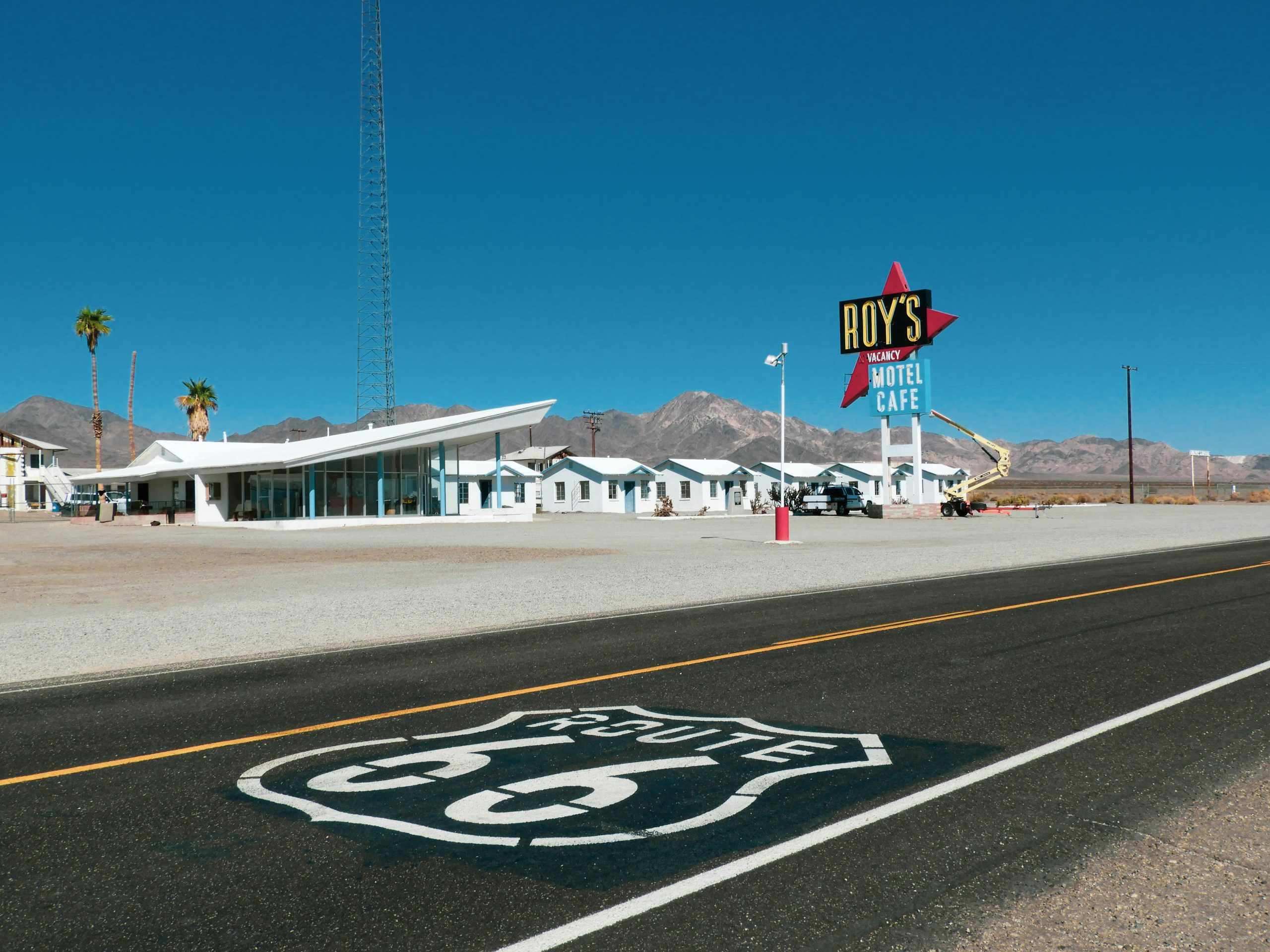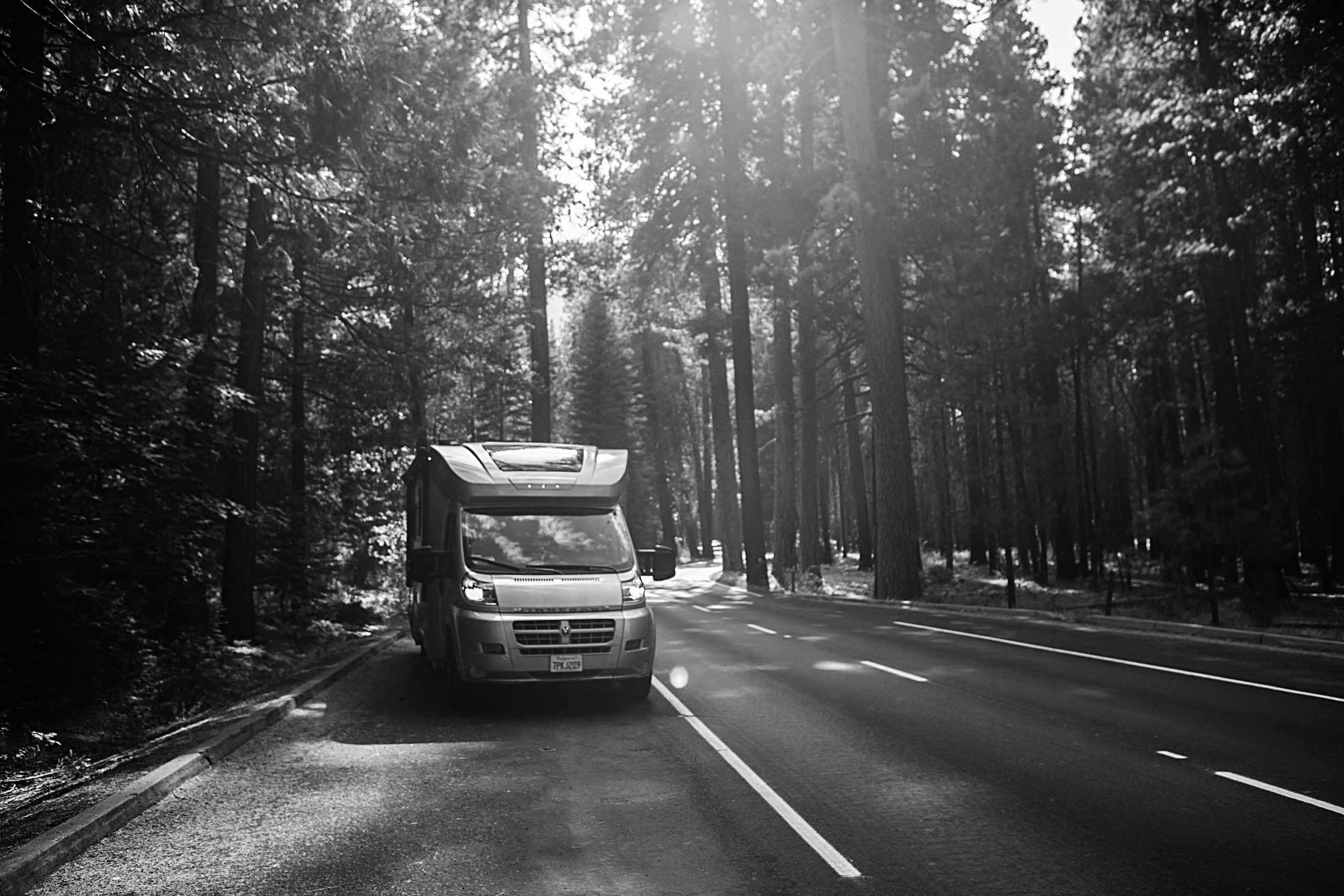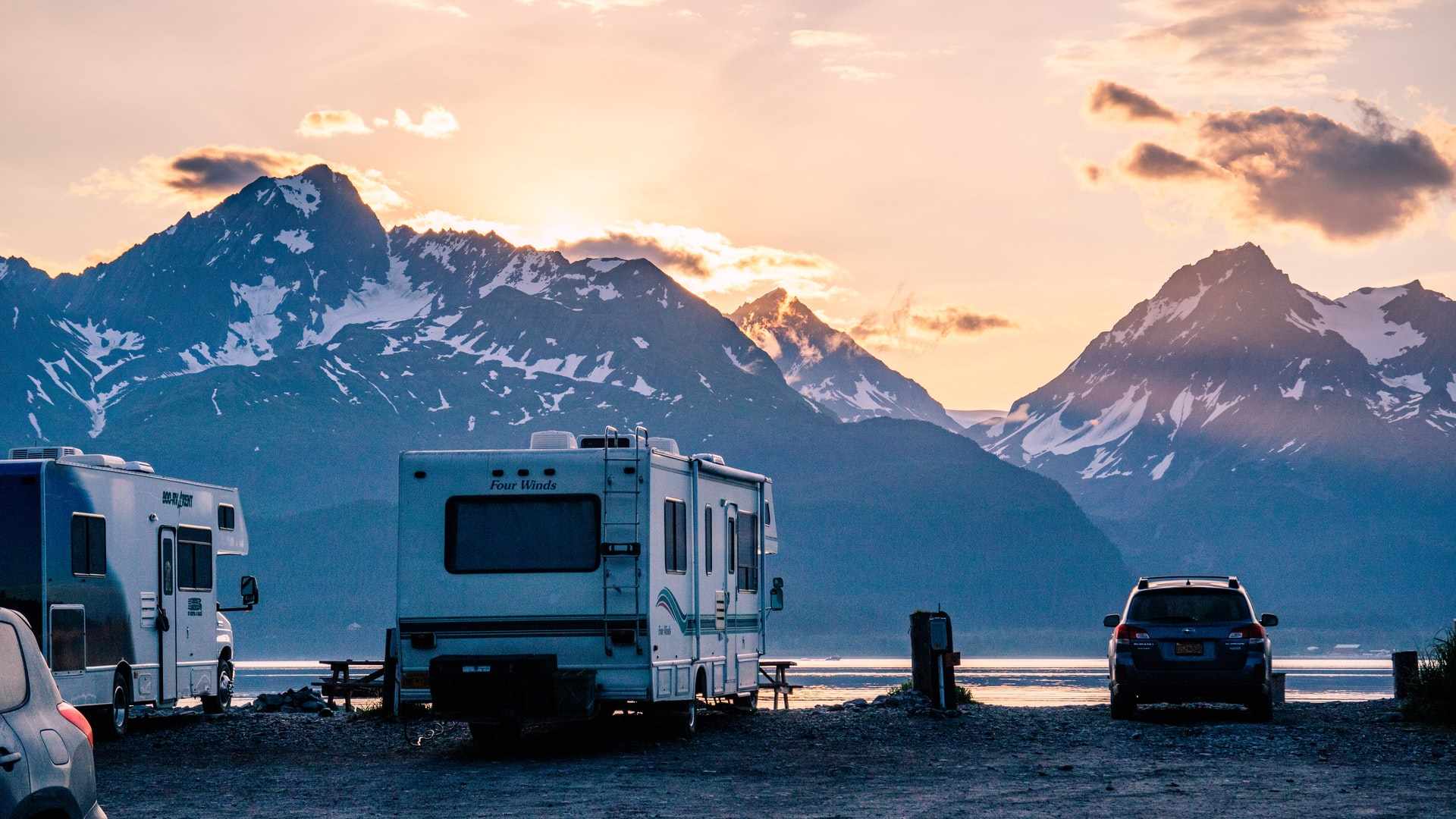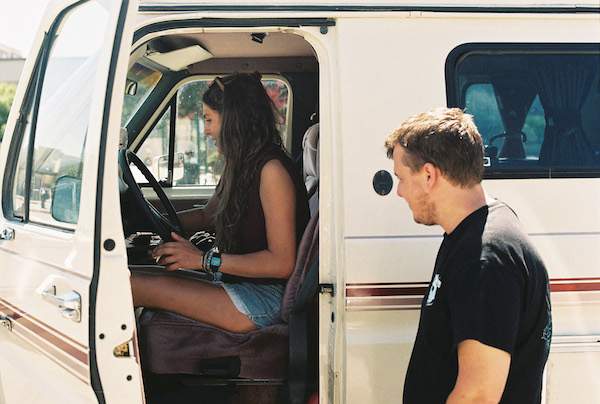Renting an RV may seem like a daunting task. From choosing the right rig to picking your destination to packing, there’s a lot that goes on before you even get behind the wheel. RV beginners may not even know where to start!
But if you’ve never rented an RV before, don’t fret! We’re here to walk you through the first four steps of RVing:
Let’s dive in!
Step One: Pick the Right RV
There are so many options when it comes to picking an RV. You’ll find everything from tiny trailers that only fit a bed to motorhomes that are just as spacious as a small house. YouTuber Long Long Honeymoon does a great job of explaining the different types of RVs in the video below.
There are several options, but picking the right one may be easier than you think. You can avoid an uncomfortable camping situation by being honest with yourself about who you are and the comforts you need on your camping adventures. To help you make the right choice, we’ve come up with a list of questions to ask yourself before buying or renting an RV.
Question #1: What kind of camping will I be doing, and with how many people?
Answering this query honestly will narrow down what size and style of rig you want.
- Size: If you have a big family of 6, then you’re going to want to look at big rigs like Class As or fifth wheels so that everyone has a sleeping space. If you’re just a couple, then you can choose to have or less room. For solo travelers, you may feel comfy and cozy in a sprinter van or camper van.
- Boondocking: This kind of camping means there are no hookups. Sometimes you can be out in the wilderness of public lands, and other times in the middle of a Walmart parking lot. Boondocking rigs have features like solar power and water pumps so they can function without electricity. They also have composting toilets instead of black tanks so that you don’t have to search for a dump site every few days.
- Exploration: Do you set up camp and then stay put? Or do you like driving around exploring, or running errands? Knowing that you’ll need an extra commuter car will tell you whether to look at a travel trailer (towed by a detachable vehicle), or a rig that is strong enough to tow a small vehicle behind it.
- Weather: Do you like warm-weather camping, or do you camp in search of fresh snowfall and slopes? Campers, trailers, and motorhomes need to be “winterized,” in order to withstand freezing temps. They also need snow tires and an adequate heating system. For warm-weather campers, you’ll want a strong AC and ventilation, and also an awning for a shady space to sit outdoors.
Question #2: How often will I be camping and changing locations?
Will you be camping in one place for a while? Or moving from place to place each day? If you’re moving around often, then you’ll want something that’s easy to set up and break down, like a van or campervan. You’ll also want something that is comfortable in transit. A Class B motorhome would offer the comforts of living space while on long drives. For those covering a lot of miles often, you’ll also want to think about fuel economy. Enormous Class A motorhomes and buses are costly to move long distances.

Question #3: What is my daily routine?
Consider your daily routine and what you need in your RV to accommodate your lifestyle. Think about things like:
- How often you cook
- Whether or not you need office space for working
- What activities you take part in and what equipment you bring (bikes, kayaks, etc.)
- Whether or not you need amenities like a TV or lounge
These are just a few points to keep in mind. Think through an average day and don’t forget to consider your travel partner’s needs as well.
Question #4: How much do I need to store?
Living and traveling in a trailer or motorhome will take some downsizing, but some people can live more minimally than others. Do you travel with a large wardrobe or recreational toys like an ATV or motorcycle? There are rigs to transport just about anything you want, but knowing what possessions are a priority will help determine how much storage space you’ll need.
Answering these four questions will help immensely to narrow down your RV search.
Step Two: Plan Your Road Trip
An RV doesn’t do much good just parked in your driveway! The next step is to plan your road trip.
Pick a Destination
Start by doing a little bit of research on the places you’d like to go. We recommend consuming as much information from good sources as you can while starting out. Here at Outdoorsy’s Never Idle Journal, we’ve got tons of how-tos, destination guides, and inspirational posts that are perfect for first-timers and seasoned travelers alike.
Another good resource is GoRVing. They have lots of great information on tips and tricks, destinations, and other RV-related topics as well. Once you’ve got the perfect place locked down, start planning your route.
Plan Your Route
Planning RV travel is more than what you do once you arrive at camp. It’s also about making sure you get there safely.
Unless you’re driving a small RV, you’ll want to travel down roads that are RV friendly. This means making sure that you keep your RV height, weight, and maneuverability in mind. Use an RV GPS or phone apps like InRoute Route Planner to make sure you don’t end up on any roads where you may find yourself in trouble. Google Maps may be great for car travel, but sometimes it can lead you down the wrong path in an RV. Take special care to avoid rush hour in urban areas and narrow and windy roads.
Another note on your RV’s height: Height is not much of a concern when driving a normal car. With an RV, however, it’s imperative you know the height of your rig.
Most RVs (including Class A) are between 10 and 14 feet in height. We recommend writing down the exact height of your RV and taping it to the dash for easy reference.
The height of most interstate overpasses is 16 feet, so you’ll have plenty of clearance in a standard RV. Fast-food drive-thrus and bank drive-thrus, on the other hand, often have clearances of only 10 feet. You’ll want to get out of your RV and go inside at these establishments.
Step Three: Pack It Right
Exactly what you pack will depend on how long you’re staying and what activities you plan on doing. But, we have some general advice for ya.
Packing Tips
It’s easy to get carried away when packing for an RV trip. Just because it will physically fit doesn’t mean you need to bring it along. Make good choices. Think like a backpacker – everything is weight, and just focus on the essentials.
One thing that is essential that many people forget about is a good tool kit. After all, RV trips aren’t exempt from Murphy’s Law. Make sure to bring along a good assortment of wrenches, ratchets, sockets, screwdrivers, tire repair kit, a small compressor, flares, spare fuses, and other goodies to keep things going.
If you’re bringing furry friends along for the ride, make sure you account for pet travel needs as well.
Getting Your RV Road Ready
So you’re good to go— now it’s time to make sure your RV is ready. Before you leave, always do a little pre-inspection of your RV with things like:
- Properly roll up and secure all awnings
- Check all storage compartment doors on the outside and shut all cabinet doors on the inside
- Make sure the step is up
- Check fluid levels and tire pressure
- Ensure the emergency brake is off before rolling out
- Anything in tow is properly hitched and connected to the towing vehicle
Many people find that creating a physical checklist reminds them to check all of the right things. Consistency is key to developing good habits with anything, and you can apply the same philosophy to RVing.
Step Four: Hit the Road
Now the moment you’ve been waiting for— the start of your RV vacation!
Familiarize Yourself with the RV
Before you actually hit the road for real, you’ll want to get to know your RV a little bit. Step into your RV, and familiarize yourself with the interior by driving it around a parking lot. Turning, backing up, braking, and parking are all very different in an RV than in a car.
The main thing to remember is that your RV is bigger and heavier. Go farther out into the intersection before starting a turn to compensate for the increased turning radius. When braking, know that heavier vehicles take longer to stop, so put more space between you and the vehicle in front of you while driving.
Unfortunately, there’s no advice for backing up and parking that can replace experience. Inexperienced drivers will want someone to stand outside the RV directing them into their spot until they’re comfortable with the action.
Practice turning, backing up, braking, and parking in an empty lot again and again before attempting to navigate a busy road. Take your time and get comfortable before you tackle a bigger space.
Take It Slow and Take It Safe
It can be tempting to put the pedal to the metal in hopes of getting to your destination sooner. The key to safe RV travel though is to take things slow. Don’t try to stretch your travel days to more than you’re comfortable with, and certainly don’t try to race an Indy 500 while behind the wheel of your RV.

And it’s not just the road you have to be cautious on. The gas station is one of the most common and dangerous places to get into an accident in an RV.
Use a truck stop gas station over a standard gas station when possible. Identify these by their location next to the interstate, the multitude of semis using them, and their more spacious fueling layouts. Love’s, TA Travel Centers, and Pilot Travel Centers are popular chain versions found across the United States.
Happy Travels
Hopefully, these tips provided a good starting point for your next RV adventure. For more RV tips and recommendations, be sure to check out the Outdoorsy blog. Enjoy your time on the open road, and make some memories that will last a lifetime.












